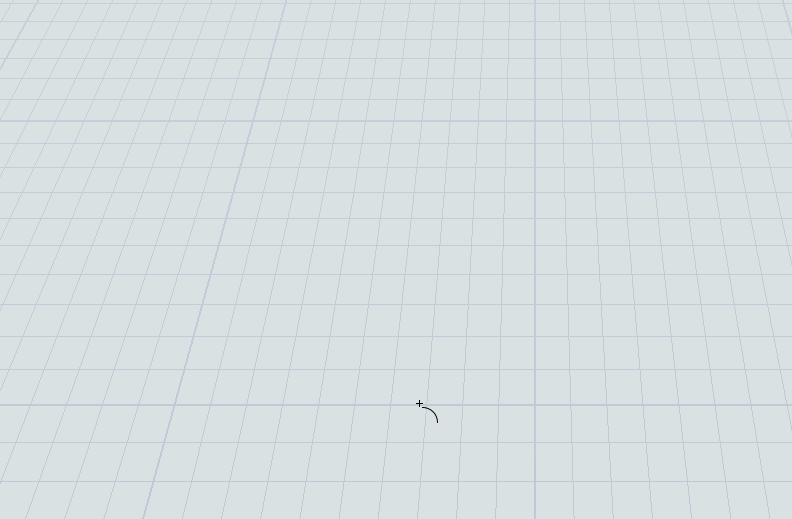Hi,
one of our customers approached us and asked if we could provide any tips on how to improve the performance/responsiveness when building a very large model.
There goal is to simulate a rail yard, including truck traffic. Both the trains and trucks run on AGV networks. The model currently clocks in at just below 10000 objects, mostly AGV paths and control points.
Adding and adjusting additional objects feels very sluggish at this point. Is there anything one can do to improve the responsiveness of such a large model?
One option we tested was moving most objects from the model node into a subnode of the main tree. This does work to improve the model responsiveness and in a quick test we didn't notice any adverse effects from doing this. But we still wanted to ask if we are likely to break something by moving objects out of and into the model like that?
And if you see any other things we could try?


